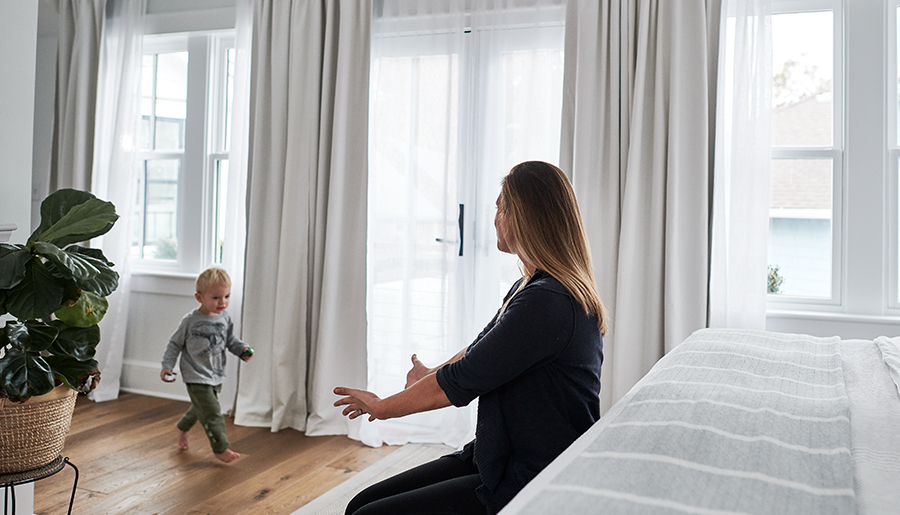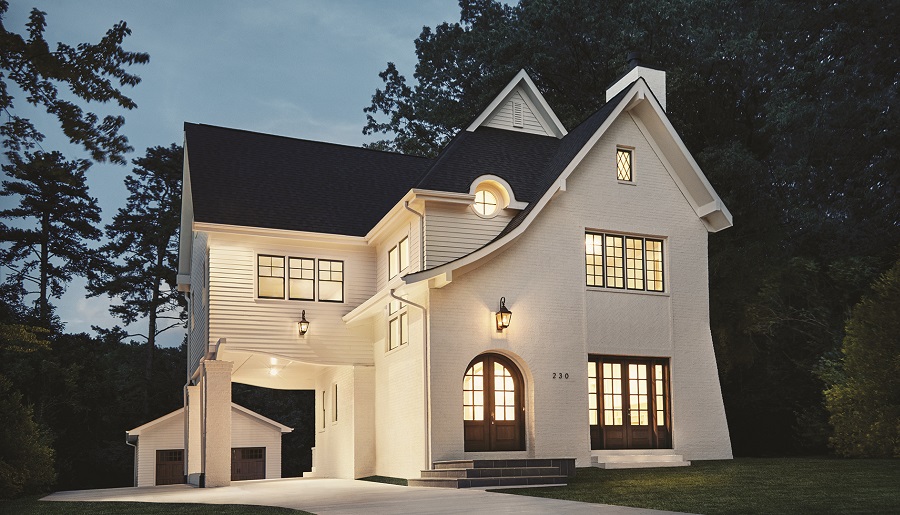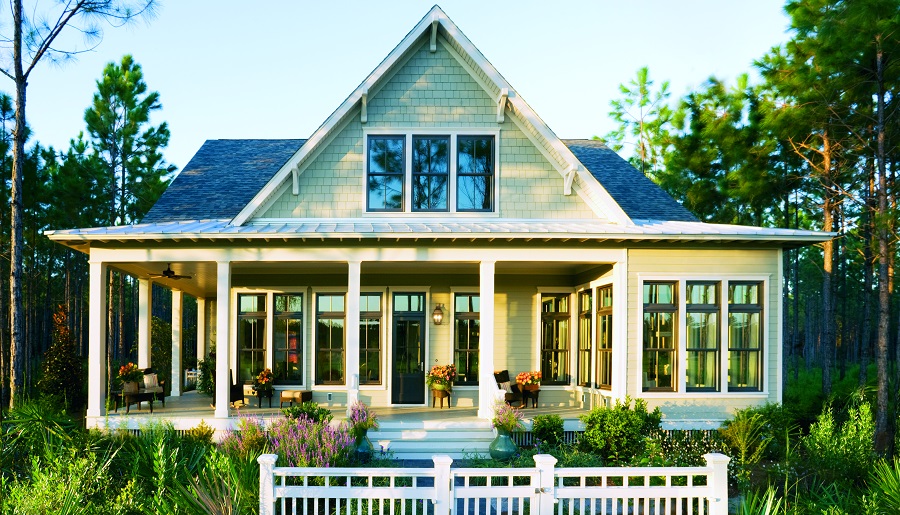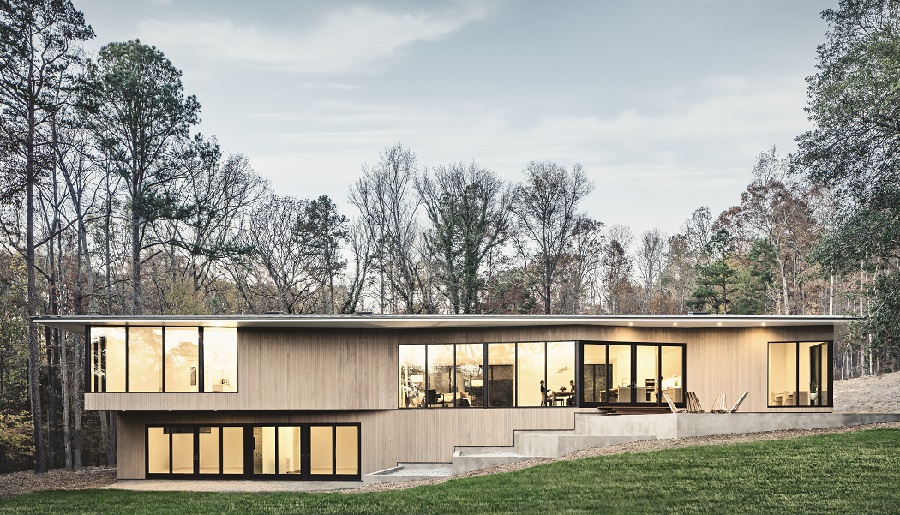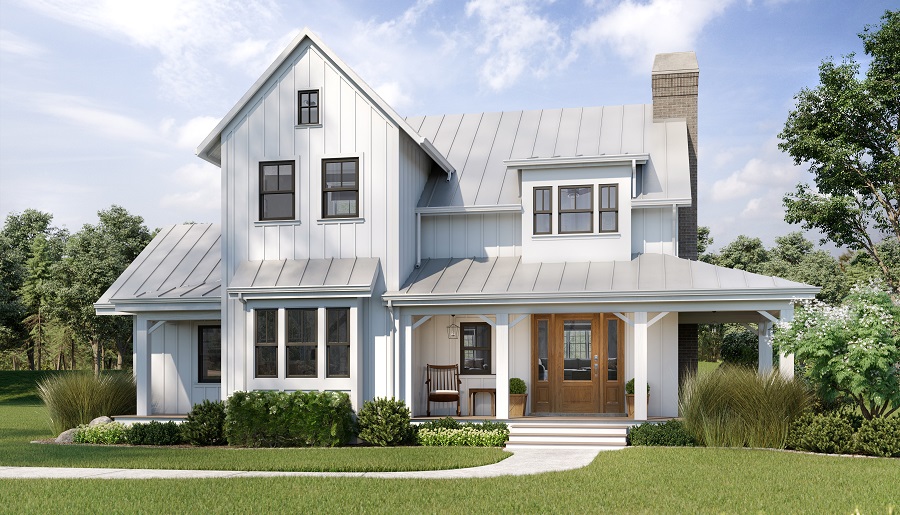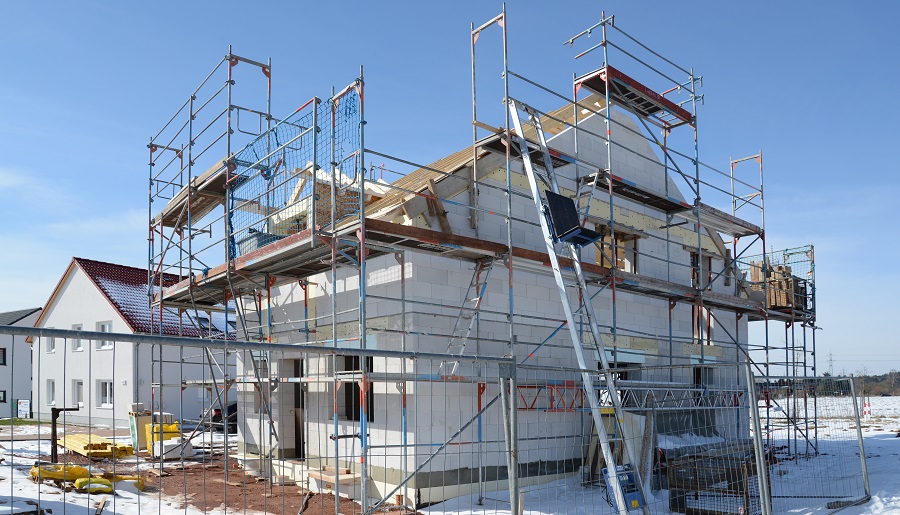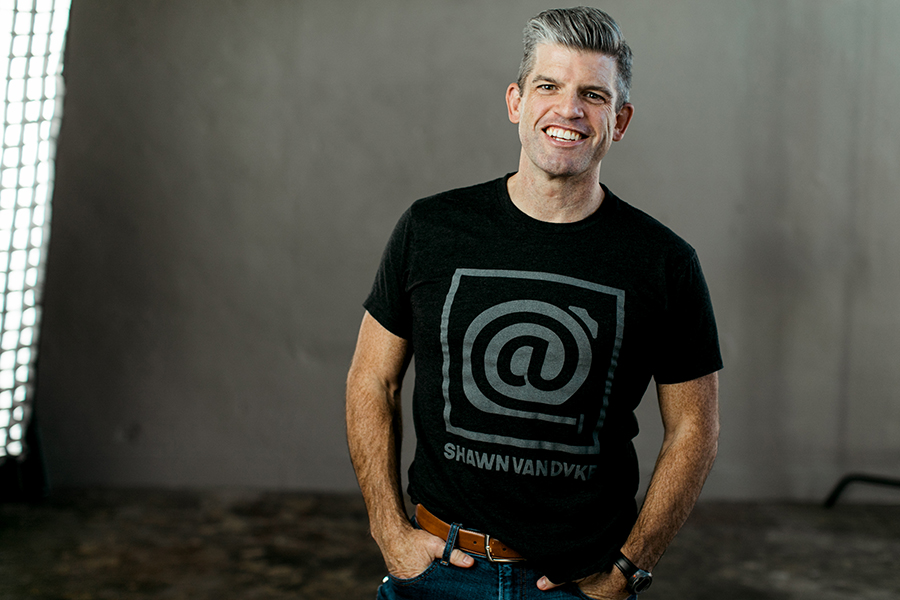Home buyers are increasingly seeking a healthy indoor environment, but they don’t necessarily have the construction vocabulary to define a healthy home. In response, a growing number of builders are using home designs that promote healthy living and mentioning health in their consumer messaging. Wellness architecture, as the trend is called, comes at a time when more people are monitoring their food and personal care products for chemicals and toxins. This is naturally extending to areas like indoor air quality and the use of healthy — and often sustainable — materials in both furnishings and buildings. Here are healthy design options that customers want. Top seven ingredients for healthy home design Integrating wellness into your plan One company ahead of the healthy home trend is Thrive Home Builders in Denver, a builder participating in the EPA’s Indoor airPLUS program. “A lot of our clients care more about health [than energy…
For more than three decades, the size of newly constructed U.S. homes trended larger. Between 1973 and 2010, the average square footage for new home construction increased from 1,660 to 2,392 square feet.1 However, between 2015 and 2018, average square footage decreased from 2,689 to 2,557 square feet per unit.2 Though that doesn’t seem like a lot, the reversal of this trend is bound to change the metrics involved in the construction industry. To help keep you ahead of the curve, we’ve compiled some of the best ways to ensure that you can continue to make profits in this business environment while building the homes that people want to live in. Home sizes are trending smaller as people realize that bigger is more expensive, both in the short and the long term. The fad of tiny homes, as houses and apartments that range from 150 to 400 square feet are…
Construction work is on the upswing and the number of available jobs now far exceeds the number of qualified personnel available to fill them. This labor shortage is one of the top concerns for builders this year. The recession of 2008-2009 forced many who worked within the trades to turn toward new careers and discouraged younger generations entering the workforce from considering a path in construction. The Wall Street Journal reported that the number of construction workers aged 24 and younger declined 30% between 2005 and 2016. Now, in the booming economy of 2019, skilled craftsmen and construction-savvy professionals are in high demand. Here are a few strategies that companies can implement to find the employees they need, develop their skills and reduce costly turnover. Appeal to students Construction work and the building trades have historically carried the misguided stigma that working with your hands and pounding nails is for…
Fire, flood, and wind can all wreak havoc on the wood in your home. But they are not the biggest threat to your house. That distinction, according to experts, belongs to the ever-hungry termite — and one especially destructive member of the family, the Formosan subterranean termite. Five things you may not know about termite risk The Formosan termite is believed to account for 90% of all U.S. termite damage.1U.S. residents spend an estimated $5 billion annually to control termites and repair termite damage.2U.S. residents spend at least $1 billion on Formosan termite control and repairs each year.2Pest control specialists have no easy way to combat the Formosan termite.Formosan termites are the most economically serious pest in Hawaii, costing residents $100 million annually. What can builders do to combat termites? Builders have tried a number of approaches to preventing termite damage, and adding protection at the beginning of a project…
There’s no denying that glass walls are one of the hottest trends in residential construction — especially if you’re lucky enough to have a view lot. Whether multiple windows grouped together or glass walls that slide, pivot or accordion open, the effect brings endless views while satisfying an ongoing desire for a deeper, more intimate connection with the outdoors. The additional glass also brings in more natural light and can improve health. And windows with insulating argon gas can lower energy costs and help homes stay cool in summer and warm in winter. While surging in popularity today, the desire for glass walls has always been there. Jason and Signe Smith, who co-own smitharc architects in Dallas, Texas, have been fielding requests for big glass walls for more than 20 years. The difference today? Availability. Previously, larger units had to be imported and were cost-prohibitive for all but the most…
Production builders might want to start reviewing their popular floor plans to make sure they can accommodate today’s biggest demographic trend. U.S. Census Bureau data projects the over-65 population growing from 47 million in 2015 to 71 million by 2030, and most older people who answered a 2016 HomeAdvisor survey said they wanted to stay at home for as long as possible. Often, this means living with adult children. As builders, how do you ensure your products serve seniors yet appeal to young buyers? We found interesting perspectives from an active adult developer and a custom builder specializing in multigenerational homes. Last year, Diane and Adrian Jacob, developers with backgrounds in real estate and commercial startups, broke ground on a Conroe, Texas, active adult community. They expect up to 100 sales in 2019 and attribute that growth in part to thoughtful design. They’re using floor plans drawn by Epcon Communities, a…
Modern farmhouse style has become a “thing” in the custom and production building worlds. Increasingly, architects and builders strive to craft transitional homes that include traditional exterior elements like covered front porches and open-plan interiors with a warm, relaxing feel. For remodelers, creating the modern farmhouse style can be easy at the outset — the home might already fit the farmhouse category. The challenge comes with the usual complexities of remodeling an old structure, such as out-of-plumb window openings and the need to manage clients’ anxieties and budgets. One such remodeler is Jodi Longo, owner of Renovation Studio in Kensington, Maryland, which specializes in restoration and modernization work. “A lot of the homes we work on are real farmhouses,” she says. “The owners want to keep the traditional exterior while updating the interior to be more modern.” Eight Key Client Conversations to Have About a Farmhouse-Style Remodel One such remodeler…
Storm-related outages are a fact of life. In March 2018, a nor’easter left more than 2 million people on the East Coast without power. Hurricanes Irma and Florence put out the lights for millions in 2017 and 2018. New Hampshire residents still talk about the 2008 ice storm that left two-thirds of the state’s residents in the dark, some of them for weeks. How can builders help? Today, builders can create resilient homes that stand up to wind, rain and snow ― and maintain occupant comfort for days without power. Called passive survivability, it focuses on building homes that remain habitable if they lose power. Here are key features builders should consider when planning a passive survivability design: key features builders should consider when planning a passive survivability design: A superefficient envelope with good insulation and air sealingEnergy-efficient windows and patio doors that take advantage of passive solar gain and…
By Shawn Van Dyke Shawn Van Dyke was a guest speaker at the JELD-WEN booth at the recent NAHB International Builders’ Show in Las Vegas. He spoke about how to differentiate your construction business through social media marketing. This is a summary of his seminar. Many construction companies claim to offer the best service. The problem is most construction businesses market their services in the same way. They plaster beautiful pictures of their finished projects on social media and detail their five-step planning-to-completion process on their websites. Marketing your construction business in these ways is not wrong, but it is not the most effective way to differentiate your business from your competition. You may be the best at what you do, but, as StoryBrand CEO Donald Miller says, “People don’t buy the best products or services. People buy the ones they can understand the fastest.” The reason McDonald’s sells billions of hamburgers…

